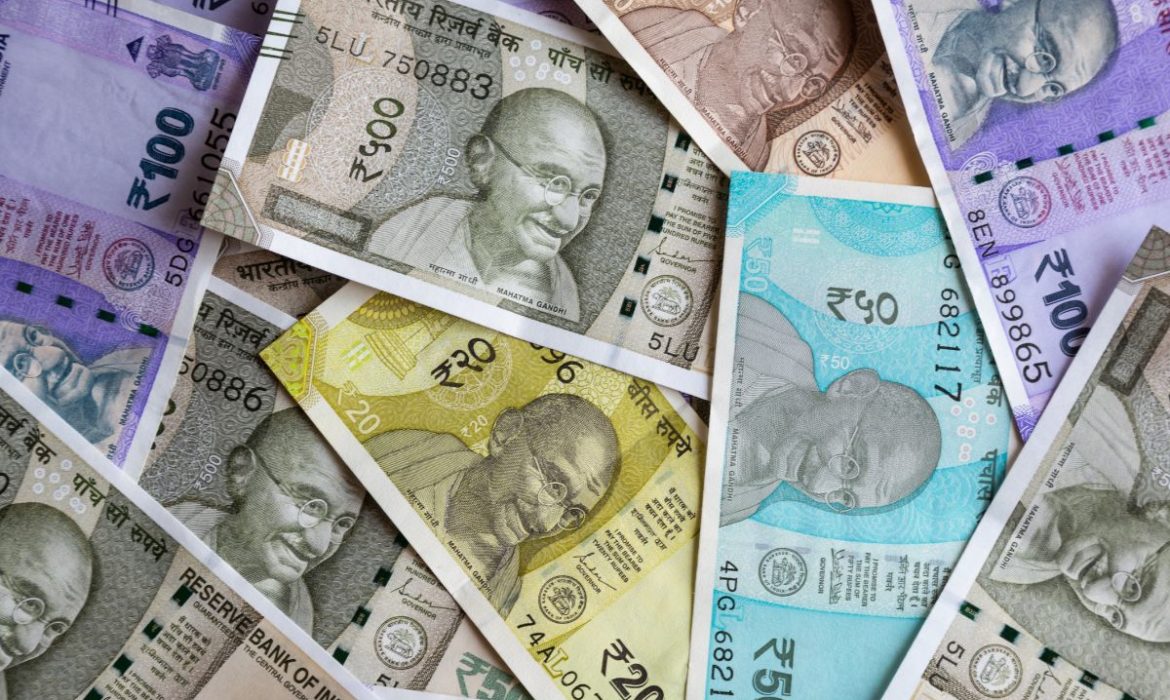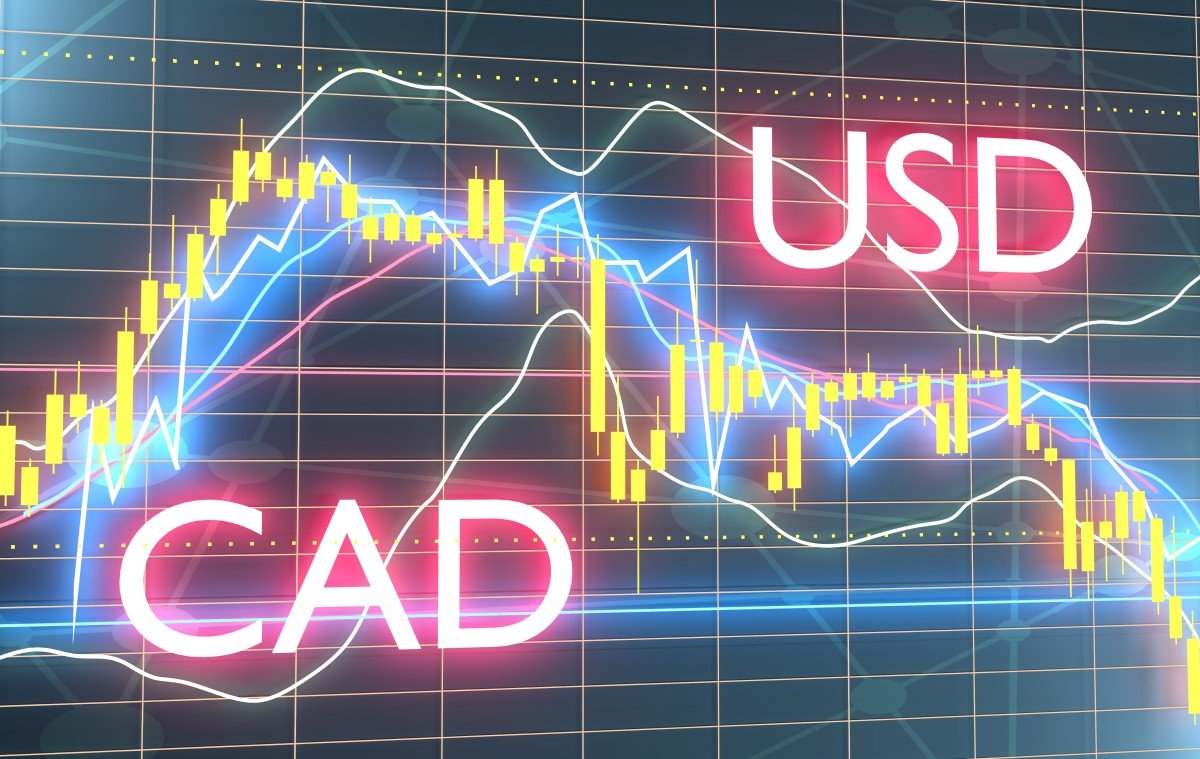Key Points:
- Rising oil costs weaken the Indian Rupee due to India’s significant oil imports, impacting its trade deficit and economic stability.
- Expected interventions by the Reserve Bank of India aim to stabilise the Rupee amid market fluctuations.
- The USD/INR pair remains bullish, with crucial support at 83.12; breaking this could trigger a sharp decline.
The Indian Rupee recently displayed signs of rebounding on Friday amidst a complex backdrop of geopolitical fears and economic indicators. Several factors are driving this volatility, including rising tensions in the Middle East, significant foreign fund outflows, surging oil prices, and an increased demand for the US Dollar. Each element significantly influences the short-term trajectory of the Rupee, adding to the uncertainties clouding its future path.
The Cost of Oil: Analysing Indian Rupee’s Decline
India, as the third-largest consumer and importer of oil globally, faces heightened vulnerability due to fluctuating oil prices. The recent uptick in oil costs has had a detrimental effect on the Rupee, straining India’s trade deficit and putting additional pressure on the currency. As oil prices climb, The Rupee’s value tends to diminish, reflecting the direct impact of these expenses on India’s economic stability.
RBI Actions: Anticipated Moves to Stabilise the Indian Rupee
In response to the ongoing volatility, the Reserve Bank of India (RBI) is expected to take proactive measures. Market speculations indicate that the RBI might stabilise the Rupee in the foreign exchange market, curbing excessive fluctuations. Therefore, such interventions are crucial to maintaining economic order and instilling investor confidence amidst turbulent times.
Looking ahead, two significant events could influence the Rupee’s direction: the release of the RBI’s Monetary Policy Committee (MPC) meeting minutes and a scheduled speech by Austan Goolsbee of the Chicago Federal Reserve. These events will provide further insights into monetary policy adjustments and economic forecasts, potentially impacting investor sentiment and currency valuation.
USD/INR Analysis: Indicators and Predictions
The USD/INR currency pair maintains a bullish outlook, remaining steadfast above the 100-day Exponential Moving Average (EMA). The Relative Strength Index (RSI) at 65.00 indicates that support zones are likely to hold, preventing a downturn. Resistance is seen at 83.72, an all-time high, and the psychological round figure of 84.00. Key support levels to watch include 83.50 and 83.30, with a crucial point at 83.12—breaching this could lead to a sharp decline.
Global Politics: Navigating Impacts on Indian Rupee
Amid these economic considerations, tensions between Israel and Iran are escalating. Consequently, this may affect the global oil supply and further influence the Rupee’s performance. Amid these economic considerations, tensions between Israel and Iran are escalating, potentially affecting global oil supply and the Rupee’s performance.
















